We’ve all been there—standing in front of the mirror, noticing a mark that wasn’t there before. Maybe it’s a fine white line stretching across your hips after pregnancy, or a scar that’s lingered long after surgery or acne. These skin changes can leave us feeling self-conscious, confused, and even frustrated.
But here’s the truth: your skin is remarkable. It stretches, heals, adapts, and tells the story of you. Whether it’s a scar from a life-changing moment or stretch marks from growth, weight changes, or motherhood, your skin deserves care—not criticism.
At Rejûvaskin, we believe in helping you feel confident in your skin with products designed to support healing, improve appearance, and restore skin health at every stage. Let’s walk through the difference between stretch marks and scars, and how to care for each—together.
Stretch Marks and Scars: Same Skin, Different Stories
First, What Are Stretch Marks?
Stretch marks—also called striae distensae—are a type of internal dermal scarring. They happen when the skin is pulled too fast, and the deeper layers can’t keep up. Think pregnancy, puberty, sudden weight changes, or even muscle growth from intense workouts.
In those moments, the body just doesn’t produce collagen and elastin quickly enough, so tiny tears form beneath the surface. What starts as red or purple lines (striae rubra) eventually fades into pale, silvery streaks (striae alba) (Baumann, 2008).
While completely normal, they can leave many feeling like their body has “changed too much.” If that’s you, you’re not alone—and you’re not stuck with them, either.
And What About Scars?
Scars form as your skin’s natural way of healing after an injury or wound—from a cut, burn, acne breakout, or surgery. Your body sends collagen to repair the area, but depending on how your skin heals, it can leave behind a raised, indented, or discolored mark.
Unlike stretch marks, which occur from within, scars happen after the skin breaks on the outside. There are different types:
-
Atrophic scars (sunken) often result from acne or chickenpox
-
Hypertrophic or keloid scars (raised) occur when the body produces too much collagen
-
Surgical scars tend to be linear and can thicken over time
Research shows that a lack of collagen and elastin plays a major role in the appearance and structure of both scars and stretch marks (Safonov, 2012).
Why Understanding the Difference Matters
It’s more than just science—it’s about knowing how to treat your skin with the right care. Because stretch marks and scars develop differently, they require different treatment approaches. And when you understand the “why” behind the mark, you can feel more confident in how to support your skin’s healing.
The Rejûvaskin Approach: Kind, Consistent, Science-Backed Care
We know that navigating skin changes can feel overwhelming. That’s why our products are made to be gentle, effective, and rooted in real skin science—not hype.
For Stretch Marks: Rejûvaskin Stretch Mark Cream
Our Stretch Mark Cream is crafted with care for your skin’s deepest needs during times of rapid change—like pregnancy, puberty, or weight shifts. It’s not just about appearance—it’s about helping your skin keep up.
What makes it work:
-
Botanicals like cocoa butter and centella asiatica help improve elasticity and soothe inflammation
-
Peptides and ceramides support collagen production and reinforce the skin barrier
-
Safe for use during pregnancy and breastfeeding
Research shows that topical creams with plant extracts and hydrating agents significantly help reduce the look and feel of stretch marks by increasing collagen and moisture levels (Cantelli et al., 2021).
Whether you’re growing a baby or lifting heavy at the gym—you deserve a cream that grows with you.
For Scars: Rejûvaskin Advanced Scar Gel
Scars may fade, but they often need a little help—especially if they’re thick, raised, or changing in color. Our Advanced Scar Gel is a medical-grade silicone formula trusted by plastic surgeons and dermatologists alike.
What makes it powerful:
-
Medical-grade silicone helps flatten and soften scars
-
Lightweight, invisible finish—perfect for daily use or under makeup
-
Clinically proven to reduce redness, discoloration, and thickness over time
In one real-world study, patients using a hyaluronic-acid-based device reported up to 42.9% improvement in skin quality, confirming that topical treatments can make a visible difference (Cimarra, 2023).
Your scar might be a reminder of strength—but that doesn’t mean you have to love the way it looks. With the right care, you can soften its presence and feel confident again.
Dermatologist Tips: Caring for Skin with Stretch Marks or Scars
Let’s keep it simple and effective:
-
Start early – Fresh scars and stretch marks respond better to treatment
-
Apply twice daily – Consistency is more important than quantity
-
Massage the area – Boosts circulation and product absorption
-
Be patient – Visible improvements often take 8–12 weeks
Most importantly? Be kind to your skin. Healing—inside and out—takes time.
You Deserve Skin That Reflects You—Strong, Resilient, and Loved
Your body has been through big things. And every stretch mark or scar is a small reminder of that. But if you’re ready to support your skin’s healing and reclaim your confidence, we’re right here with you.
Because at Rejûvaskin, we believe skincare should be about support, not shame. Science, not gimmicks. And confidence, not comparison.
From healing creams to scar care essentials—we’re here to help you feel good in your skin again.
Works Cited
-
Baumann, L. S. (2008). Stretch Marks.
-
Diehl, C. (2021). Stretch marks: a review.
-
Safonov, I. (2012). Atrophic Scars and Stretch Marks.
-
Cantelli, M. et al. (2021). Topical oil formulation of plant extracts and vitamins.
-
Cimarra, L. (2023). Acne Scars, Stretch Marks, and Similar Skin Defects.
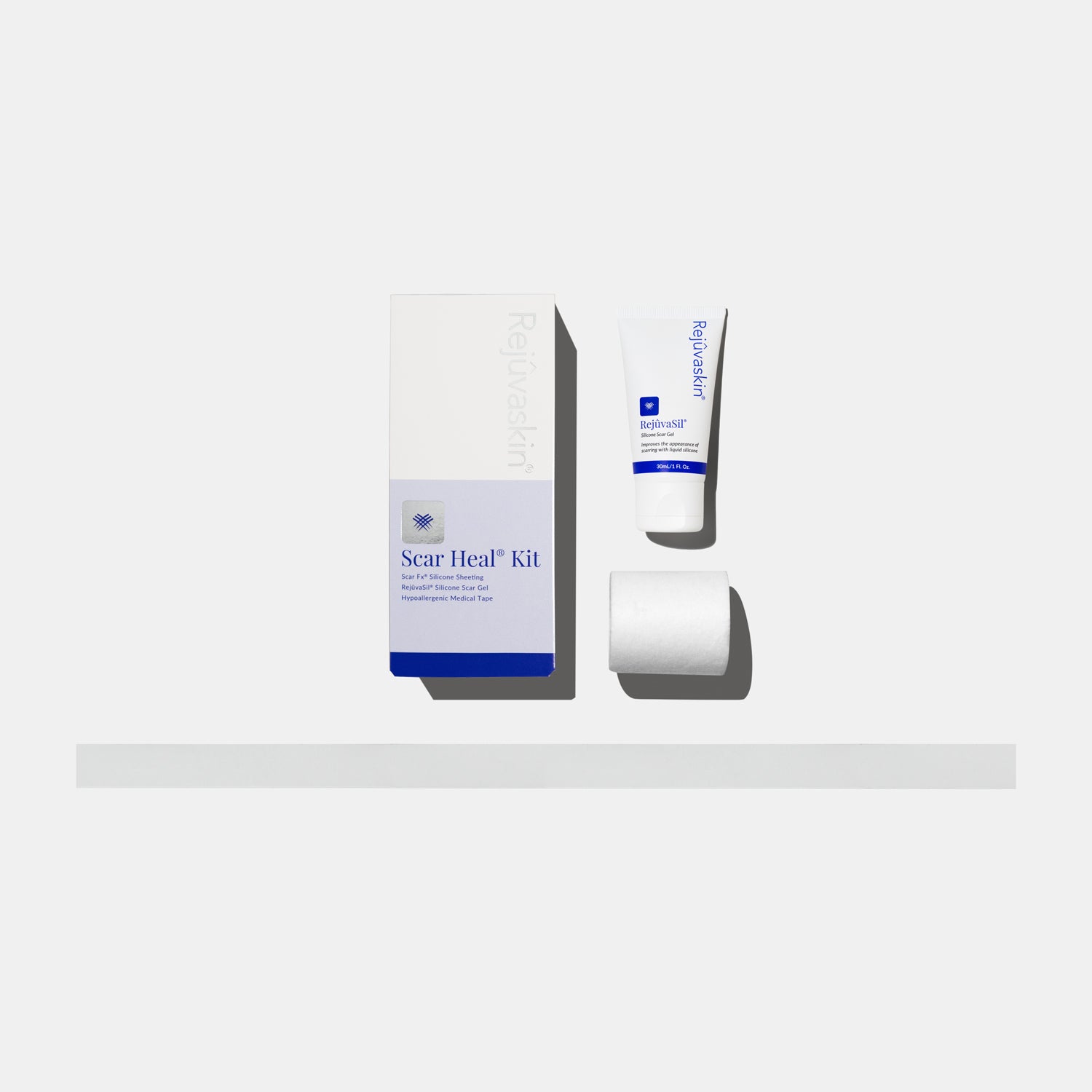


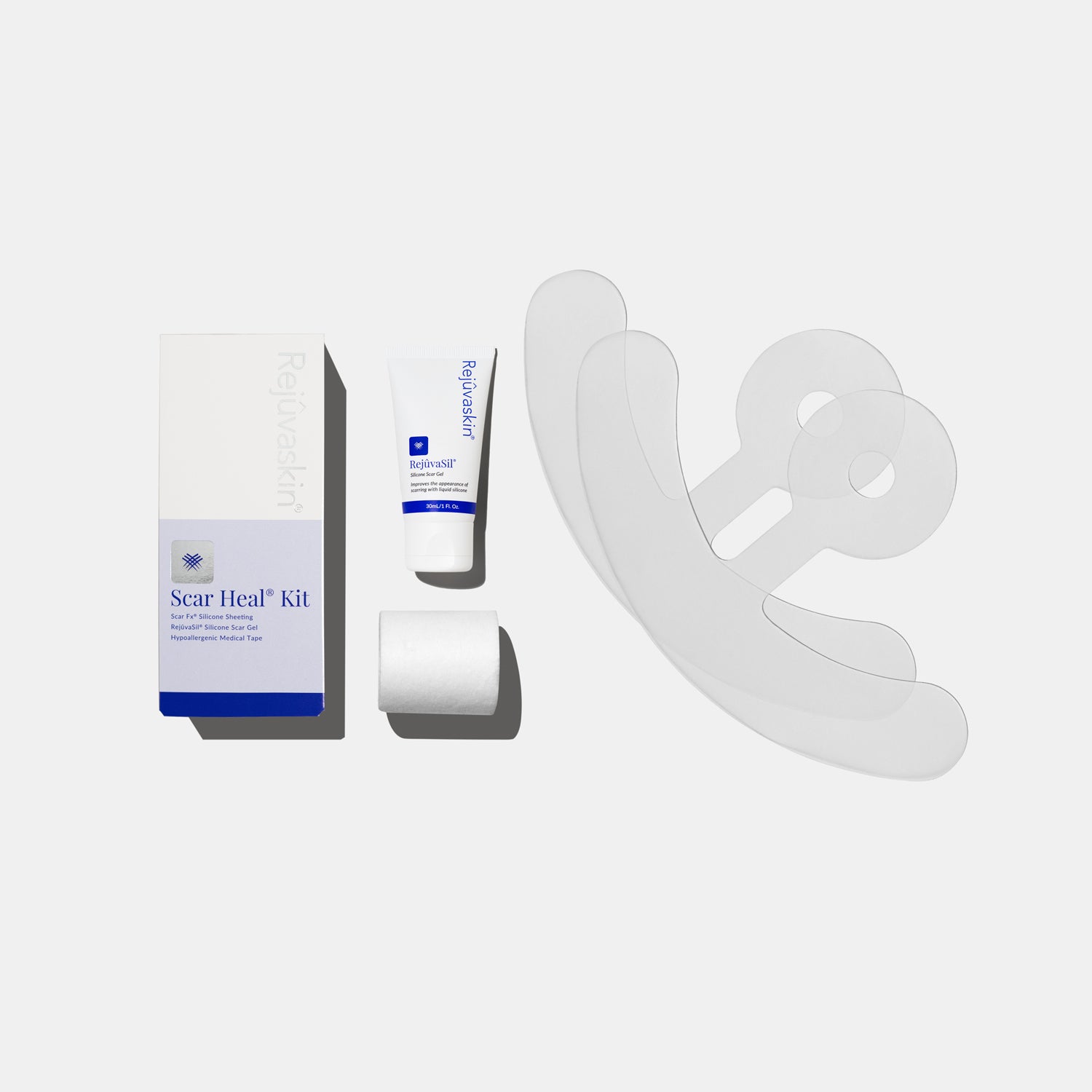
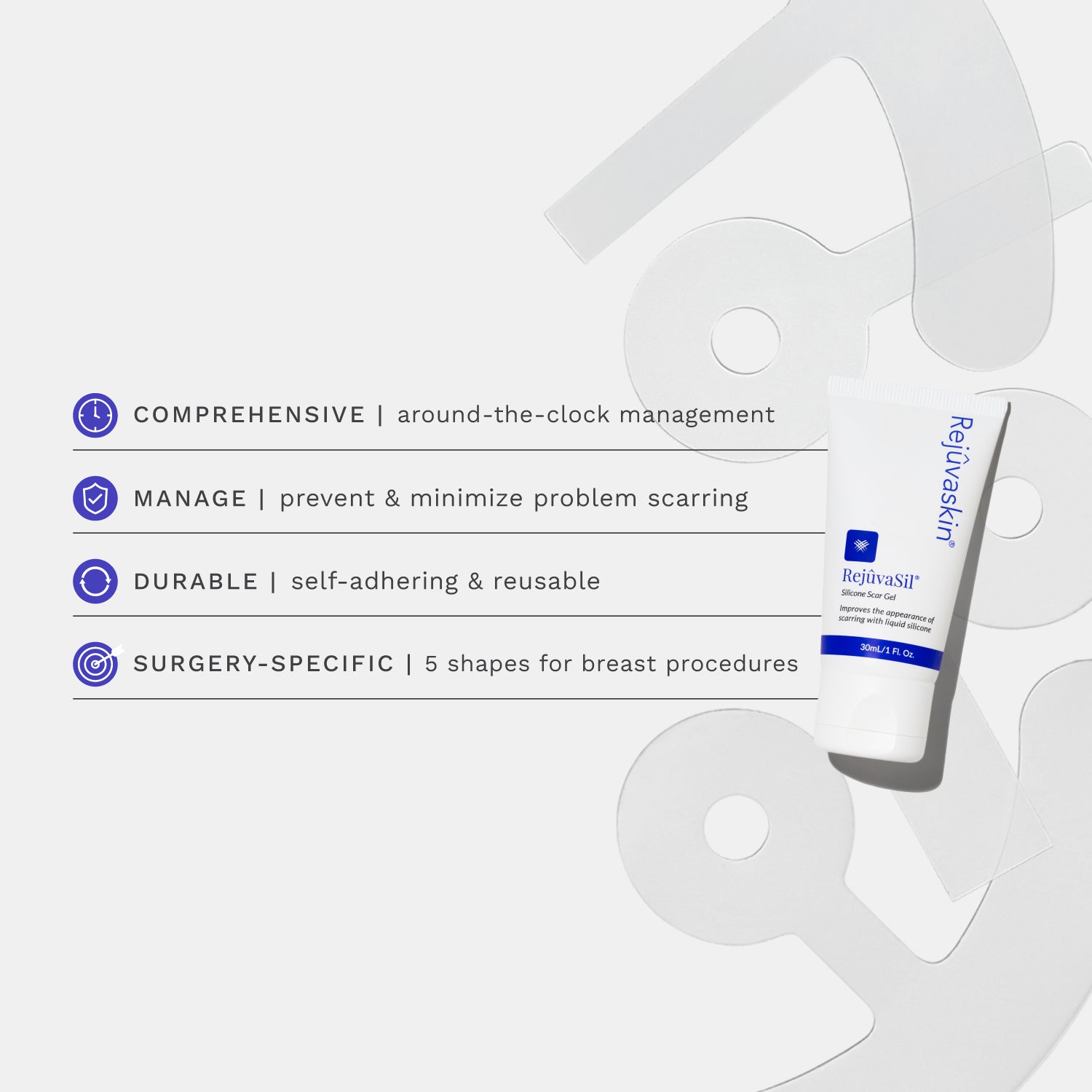
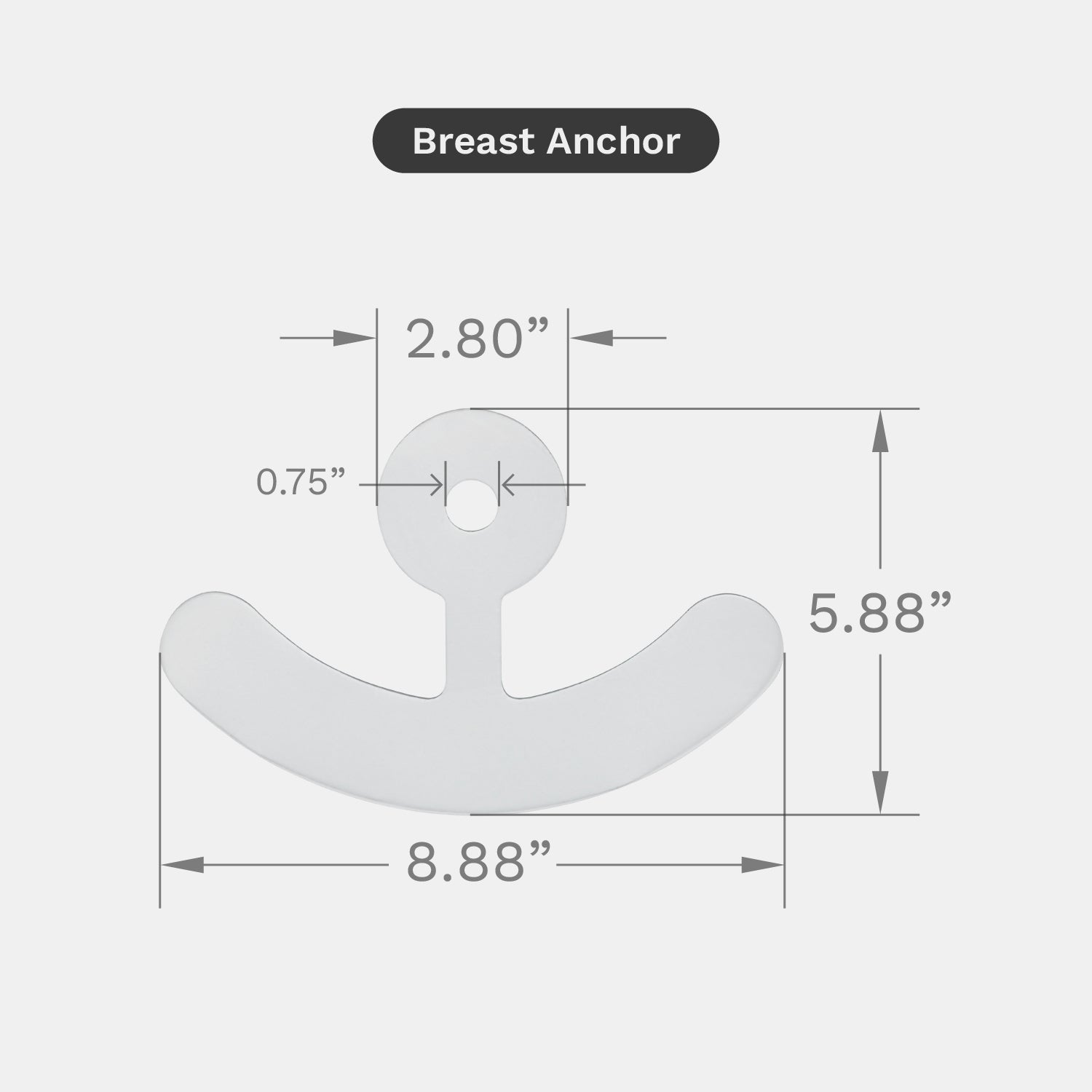
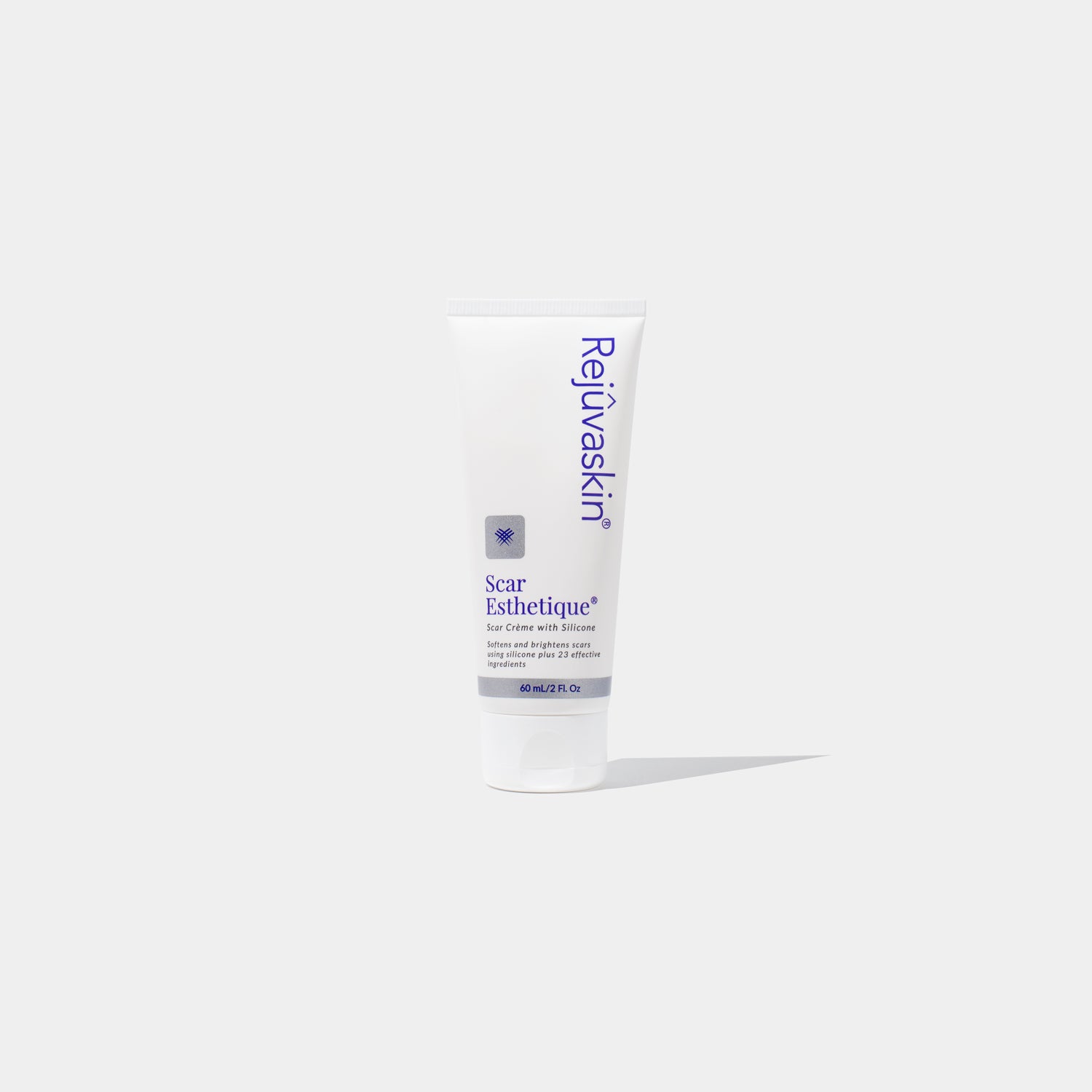
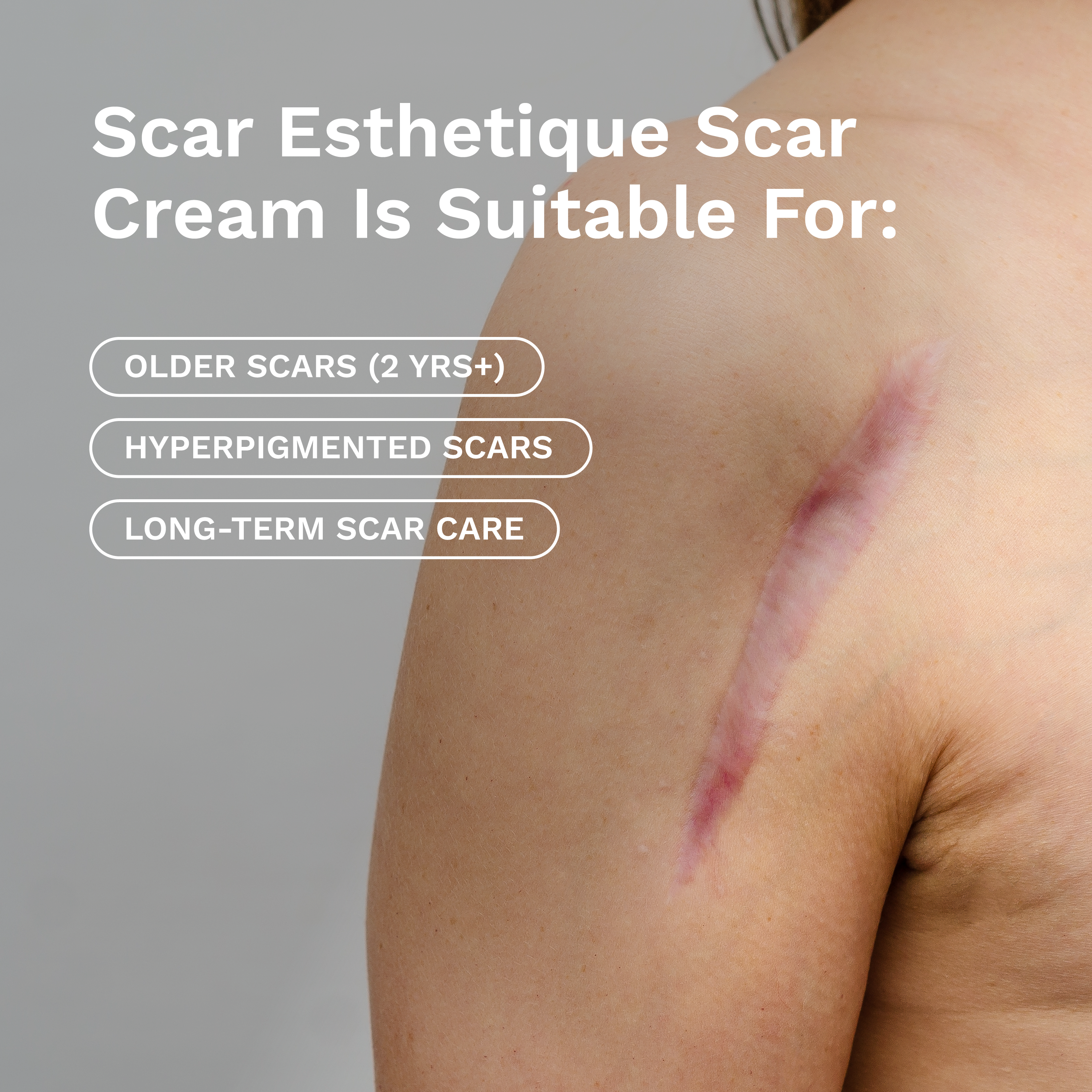








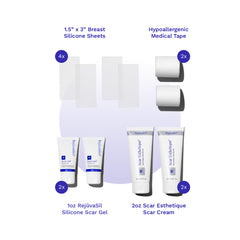
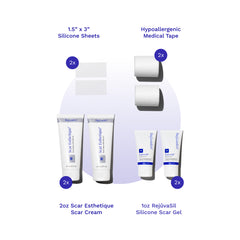

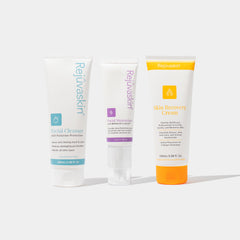
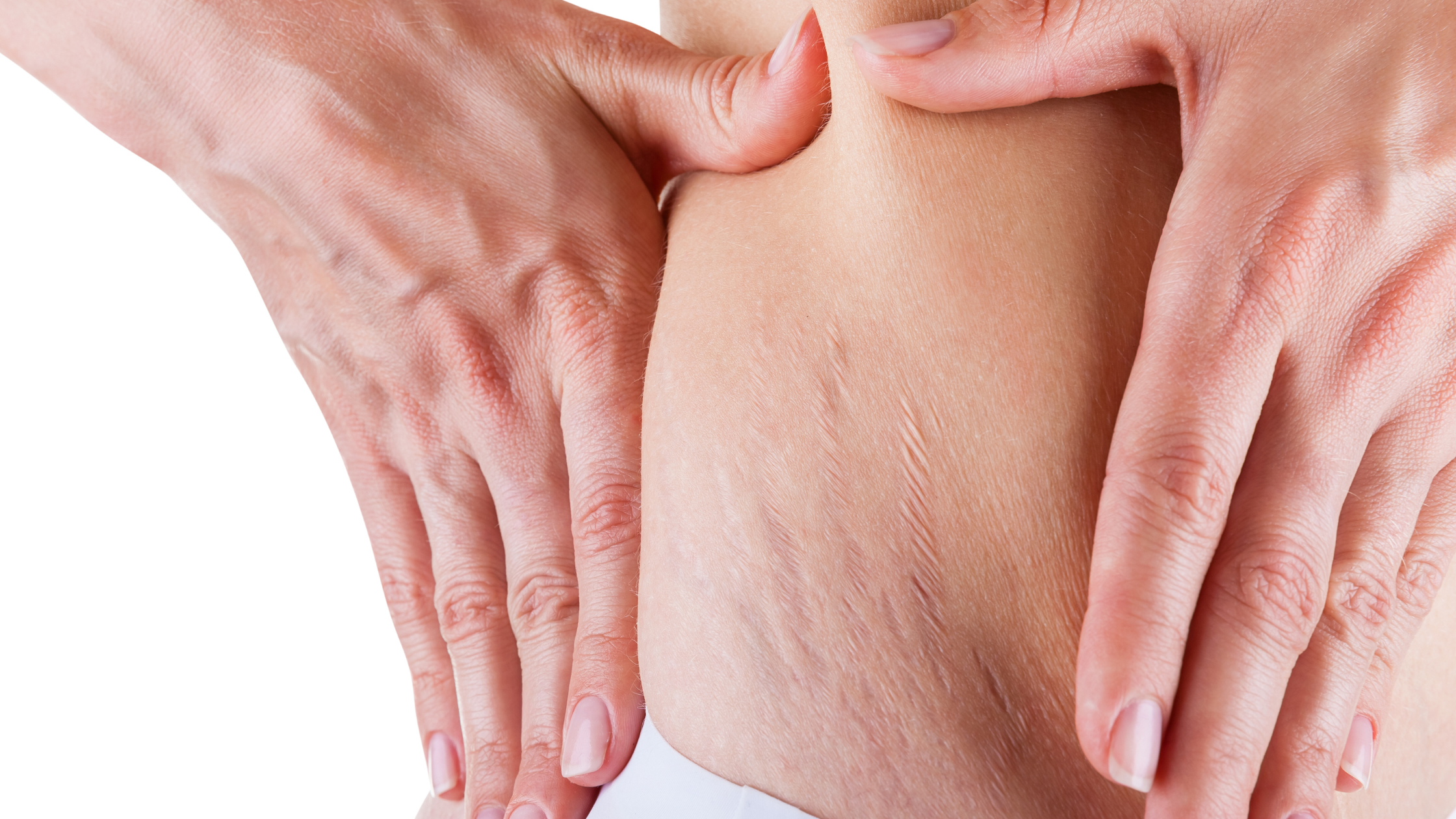
Leave a comment